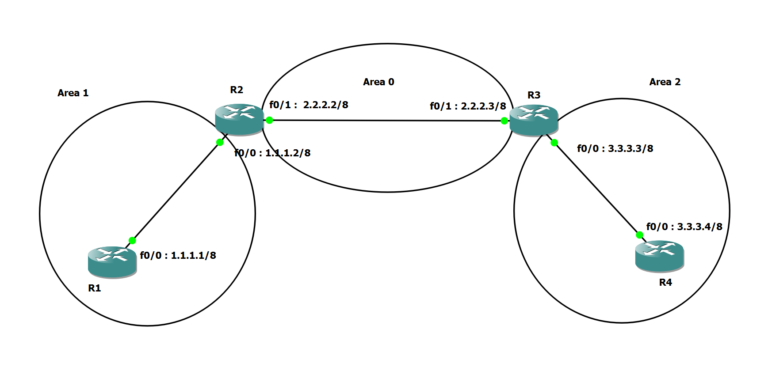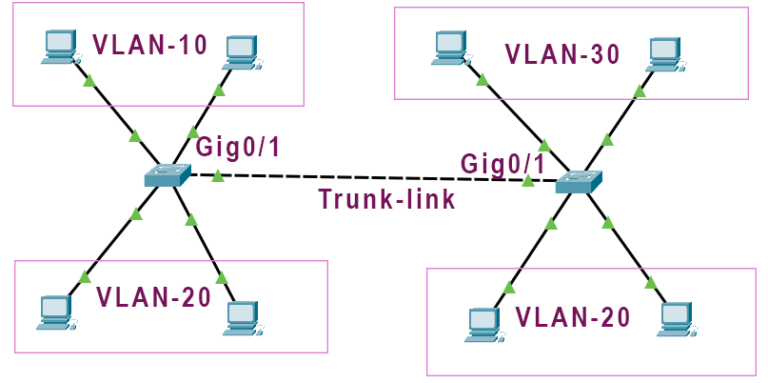How to Enhanced Interior Gateway Routing Protocol 2025
what mean EIGRP
EIGRP stands for Enhanced Interior Gateway Routing Protocol is protocol used of ccna network sam way used ccnp when used protocol is best waye used EIGRP advanced distance vector routing protocol EIGRP Is developed Cisco Systems used to exchange of in formation between router of cisco network
How is work EIGRP
Is work EIGRP Used of combination of distance vector and link-state routing protocols topology table cisco
used information to connected anther routing protocols by used link state routing
the network EIGRP Used table to be calculate the best path destination network using the DUAL (Diffusing Update Algorithm) algorithm. EIGRP
Key Features of EIGRP
- Fast convergence: EIGRP uses the DUAL algorithm calculate the best path to a destination network, making it a fast
- Load balancing: EIGRP supports equal-cost load balancing, which allows traffic to be distributed across multiple paths
- Route summarization: EIGRP supports route summarization, which reduces the size of the routing table and improves network performance.
- Support for multiple protocols: EIGRP can be used to route different types of traffic, including IP, IPX, AppleTalk, and IPv6.
- Easy configuration: EIGRP is easy to configure and requires minimal manual intervention.
Advantages of EIGR
- Low bandwidth and CPU usage
- High scalability:
- Quick convergence: EIGRP’s fast convergence
- Easy troubleshooting:
Example EIGRP ccna and ccnp same comand
1-Router>en
Router#conf
Router(config)#int s0/0/0
Router(config-if)#ip add 1.0.0.1 255.0.0.0
Router(config-if)#no sh
Router(config-if)#int f0/0
Router(config-if)#ip add 10.0.0.10 255.0.0.0
Router(config-if)#no sh
Router(config-if)#do sh ip route
Router(config)#route eig ?
Router(config-router)#net 1.0.0.0
Router(config-router)#net 10.0.0.0
Router(config-router)#no auto-summary
Router(config)#do sh ip eigrp ne
2-Router>en
Router#conf
Router(config)#int s0/0/0
Router(config-if)#ip add 1.0.0.2 255.0.0.0
Router(config-if)#no sh
Router(config-if)#int f0/0
Router(config-if)#ip add 20.0.0.10 255.0.0.0
Router(config-if)#no sh
Router(config-if)#int s0/0/1
Router(config-if)#ip add 2.0.0.1 255.0.0.0
Router(config-if)#no sh
Router(config-if)#do sh ip route
Router(config)#router eig 10
Router(config-router)#net 2.0.0.0
Router(config-router)#net 20.0.0.0
Router(config-router)#net 1.0.0.0
Router(config-router)#no auto-summary
Router(config-router)#
Router(config)#do sh ip eigrp ne
Router(config)#do sh ip eigrp to
3-Router>en
Router#conf
Router(config)#int s0/0/0
Router(config-if)#ip add 2.0.0.2 255.0.0.0
Router(config-if)#no sh
Router(config-if)#int f0/0
Router(config-if)#ip add 30.0.0.10 255.0.0.0
Router(config-if)#no sh
Router(config-if)#do sh ip route
Router(config)#router eig 10
Router(config-router)#net 2.0.0.0
Router(config-router)#net 30.0.0.0
Router(config-router)#no auto-summary
Router(config)#do sh ip eigrp ne
do wr(siving)






